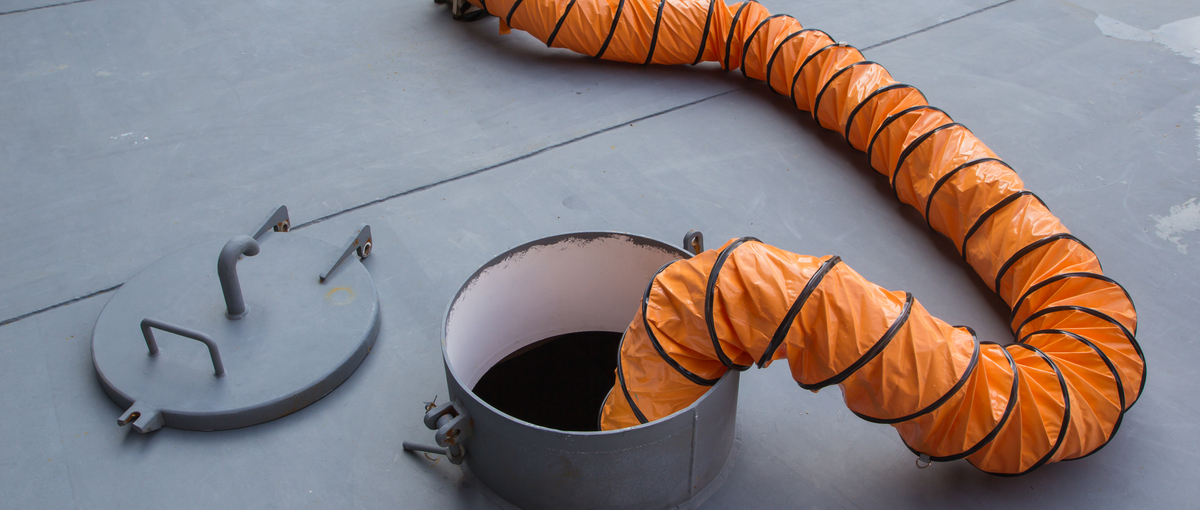Understanding The 3 Types Of Confined Spaces
Understanding The 3 Types Of Confined Spaces
March 9, 2023 |
Every manufacturing facility, plant, or refinery features a confined space somewhere in its design. Ideally, confined spaces are meant to provide access to different components essential for the running and maintenance of a given facility.
The Occupational Safety and Health Administration in the U.S. demand that confined space be spacious enough to accommodate an entrant with some allowance for some movement. Moreover, confined spaces are usually partially or fully covered making them significantly dangerous for the entrants.
Good examples of confined spaces include storage bins, utility vaults, vaults, boilers, pipelines, and manholes. The number of confined spaces for refineries and other big plants varies depending on the size and construction design. They could be anything from a few spaces to a couple hundred in number.
Apart from that, while some spaces can be straightforward and open others are complex and congested. Similarly, some of them are easily accessible while others can be at a height making accessibility a little tricky. Different types of confined spaces can be categorized based on their size, location, and purpose among other factors. They are designed with unique internal configurations as well as space access. Let us look at the different types of confined spaces.
Permit-Required Spaces
As the name suggests, a permit-required space is an officially designated area with clear indications of the potential perils that you are likely to encounter by choosing to access it. Primarily, these areas meet the provided requirements for a confined space.
Confined spaces contain substances that can asphyxiate or engulf workers. Likewise, the spaces are characterized by an atmosphere that is toxic or hazardous. Areas with walls that are inwardly converging also fall into this category. Finally, any area with hazards that are dangerous to the health and life of employees is categorized as a permit-required confined space.
Such confined spaces are marked by the danger that they pose to employees. Therefore, employees who choose to get into these confined spaces know exactly what they are dealing with and the kind of danger they are likely to encounter.
Other than that, workers who are supposed to use a permit-required confined space should be equipped with the right safety equipment in addition to following the right safety procedure when accessing the space. Donning protective gear and sticking to a security procedure should be able to protect the employees should they run into unfortunate incidents.
Employees getting into such a space should be familiar with the proper procedure to follow in the event of an accident. They must have undergone extensive training to be able to understand the procedures thoroughly.
Alternate Procedure Spaces
Alternate confined spaces that require permits include any areas that are designated for ventilation. If the ventilation is utilized in the right manner, it may not pose any potential risks to the entrants or workers within manufacturing facilities or other large facilities. Otherwise, they are likely to cause harm and be hazardous to the entrants.
Non-Permit-Required Spaces
These kinds of confined spaces do not contain any hazards that may be present in permit-required and alternate procedure spaces. Nonetheless, that does not imply that they are entirely safe for entrants. Like any other confined space non-permit-required spaces still deserve to be treated with the seriousness that they deserve.
With that in mind, there should be an outlined safety plan to help in the containment of unprecedented shortcomings. That aside, the spaces that fall under this category do not require attendants or safety signage. Nonetheless, it is still vital to inform employees about the relevance of the confined space. Non-permit-required spaces are quite rare and tend to feature very limited spaces.
Importance of Safety in Confined Spaces
It is crucial to ensure confined spaces are as safe as possible for entrants as they are often synonymous with numerous hazards. Apart from that, any worker who enters confined spaces should stick to the right safety procedures.
This helps to contain illnesses, work-related injuries, and even deaths in worse cases. Many deaths are triggered by asphyxiation or the deficiency of oxygen. Most confined spaces are plagued by deadly gases which can be a major drawback for entrants.
Methane gas, hydrogen sulfide, and carbon monoxide are just a few of the dangers that await entrants of confined space. That is why the entrant needs to put on proper protective equipment. Apart from that, there should be a standby rescue team to help out if things go south. Fundamentally, employers should be at the forefront of enlightening workers about different safety rules.
Be Safe in Confined Spaces
Confined spaces are an integral component in the operation and maintenance of different facilities. Knowing the various classifications of confined spaces helps you to understand the kind of environment your employees will be working in. This makes it possible to come up with ideal safety measures to protect them while they carry out their duties.
